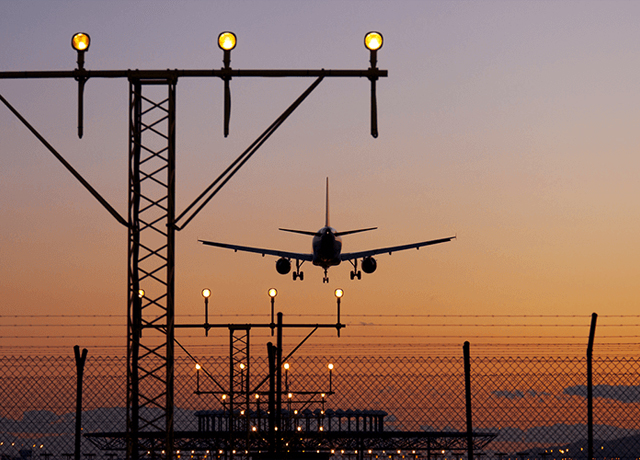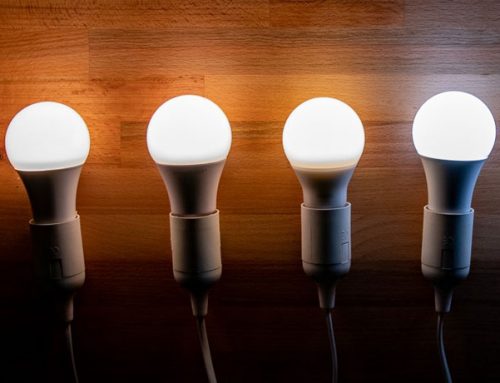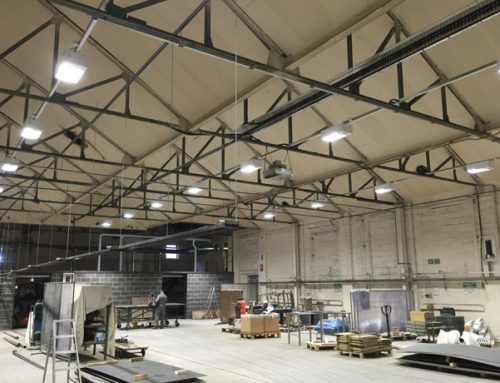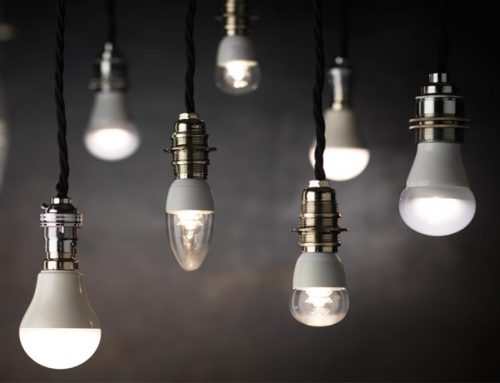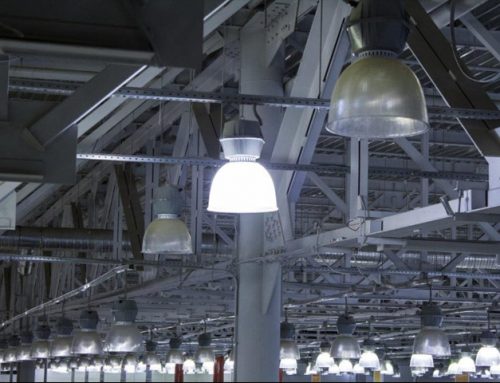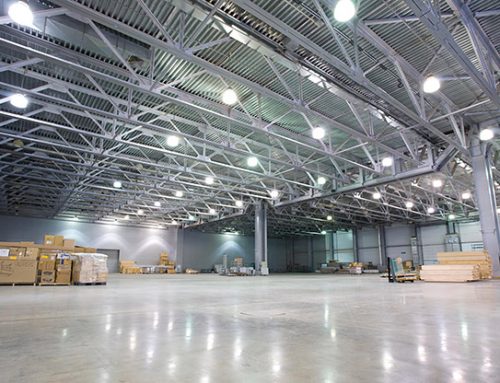Let us first understand the meaning of obstruction lighting. This type of lighting helps to see high buildings from a distance. LED aviation obstruction lights play a very important role in aviation safety in India and the whole world. The colour and type of light (constant, flashing) are considered as important elements along with the light intensity. These types of lights need to meet some specific requirements as these lights are installed outside and at a great height.
Aviation Obstruction
Ground objects (natural or artificial) fall under aviation obstructions. Because of their height, size or less contrast with the background, these can cause a threat to air traffic. Tower, skyscrapers, bridges, masts, chimneys, antennas and hills are some of these objects.
Obstruction Light Intensity Levels
Three levels of light intensity are used to mark aviation obstructions. These are low, medium and high. The objects that are not higher than 45 meters are marked by low-intensity lights. Medium-intensity lights are used to mark higher buildings, constructions or natural objects. Lastly, the objects that cannot be marked with painted signs are marked with high-intensity lights.
Obstruction Lighting Types
The intensity is not the only thing that matters when it comes to LED aviation obstruction lights. The division of these lights is also done into four types i.e. A, B, C and D. The light colour and type are determined by each of them.
- Type-A lighting – a steady, red light with up to 10 candelas light output
- Type-B lighting – a steady, red light with not less than 32 candelas light output
- Type-C lighting – a flashing yellow (or blue) light with not less than 40 candelas light output
- Type-D lighting – a flashing yellow light with 200 candelas light output
Low-Intensity Obstruction Lighting
An obstruction is marked with low-intensity lights (Type A or B) if it is not higher than 45 meters. In cases when Type-B lighting could blind a pilot, Type-A lighting is used. To mark objects located in an airport, both types are used.
Medium-Intensity Obstruction Lighting
Medium-intensity obstruction lights of Type A, B and C are used to mark objects that have a large surface area or are taller than 45 meters. From 2000 cd (candelas) the intensity of the light reaches to 20000 cd (candelas).
High-Intensity Obstruction Lighting
Objects taller than 150 meters are marked by high-intensity obstruction lighting. In both day and night, it provides the best visibility. An intensity of 2000 cd at night, 20000 cd at dusk and up to 270000 cd during the day is provided by a high-intensity light.
Monitoring And Maintenance
The means of monitoring and maintaining obstruction lights need to be regulated. When 75% of its lifetime is reached or any malfunction occurs, such lighting should be replaced.

